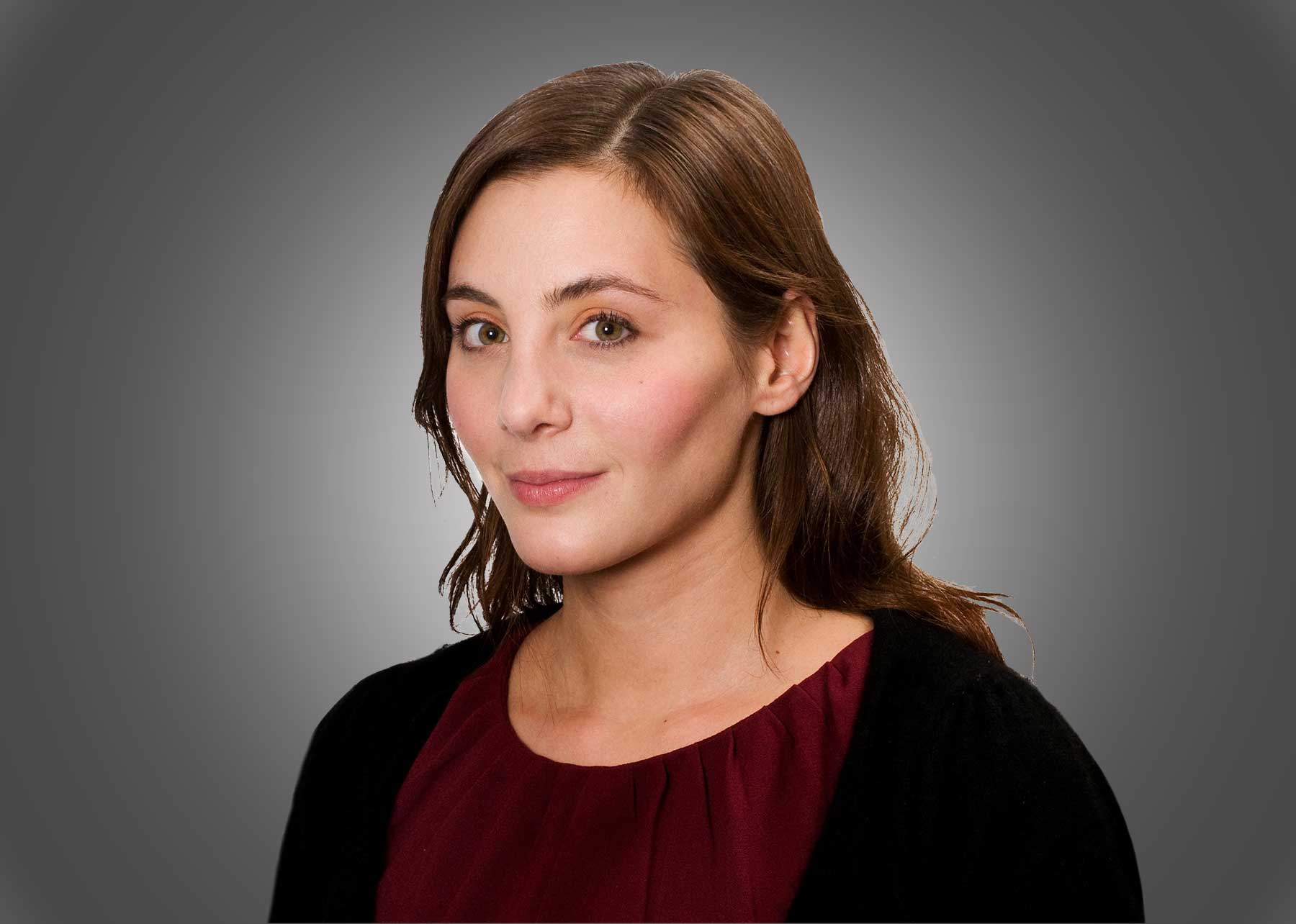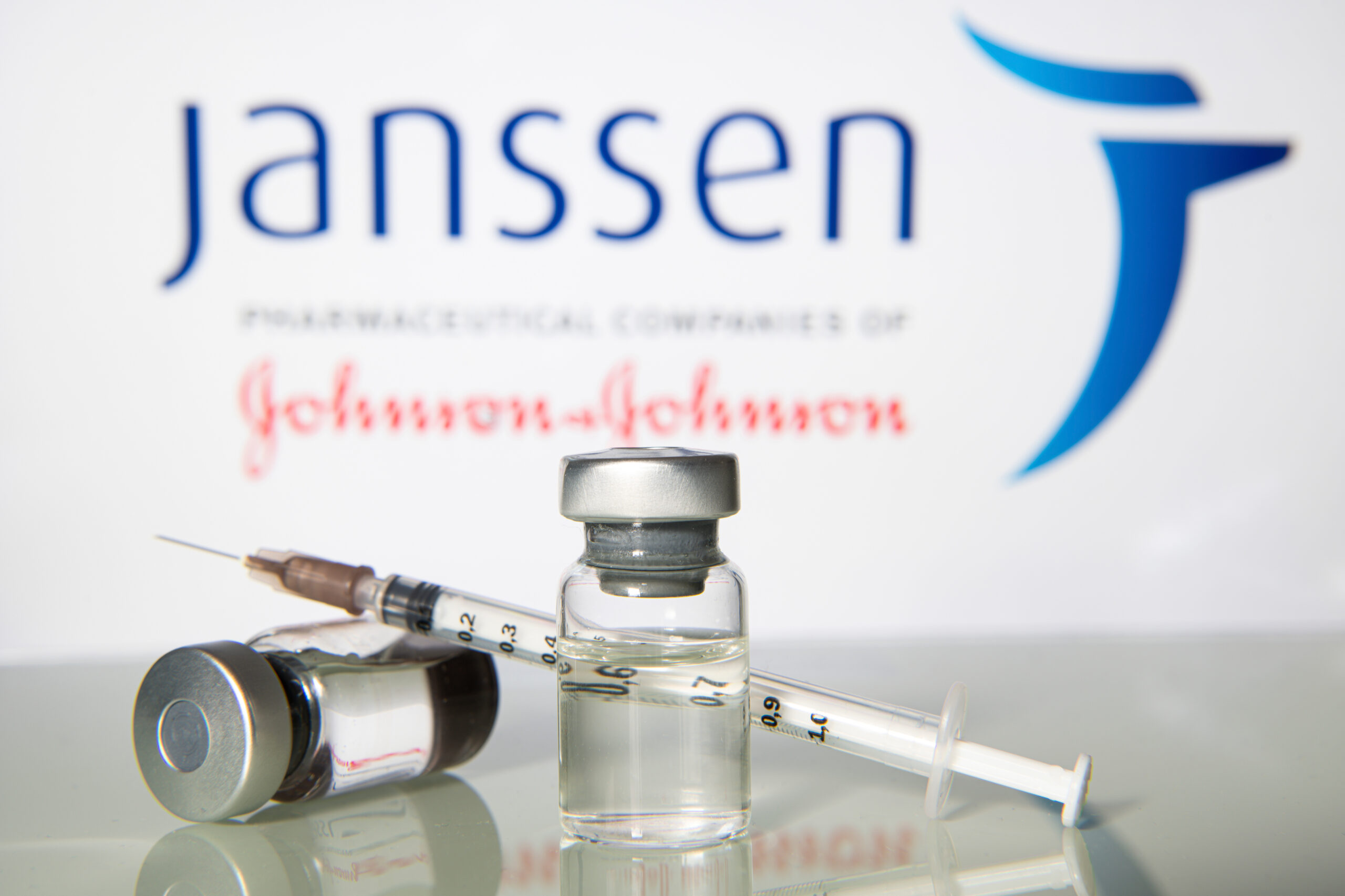Federal Circuit Sides with J&J in Patent Battle over Schizophrenia Drug Regimen
By Nafsika Karavida and Lucia Mead
Last week, in a significant win for Janssen Pharmaceuticals (a Johnson & Johnson company), the U.S. Court of Appeals for the Federal Circuit (“CAFC”) upheld the district court’s ruling in Janssen Pharmaceuticals Inc. v. Teva Pharmaceuticals USA Inc., affirming that Teva had failed to prove that Janssen’s patent on dosing regimens for its antipsychotic drug, Invega Sustenna, was invalid as “obvious.” The decision[1], authored by Judge Taranto, carries important implications for the standard of obviousness in pharmaceutical method patents – particularly where the claimed methods are clinically complex or counterintuitive.
Case Background
The patent at issue, U.S. Patent No. 9,439,906, covers a specific dosing regimen for administering paliperidone palmitate and, by way of example, claims: a 150 mg loading dose on Day 1, followed by a 100 mg dose between Days 6–10, and then monthly maintenance injections of 25-150 mg. The regimen was developed to ensure therapeutic drug levels from the outset of treatment – a particularly important factor in treating patients with schizophrenia.
In 2024, the Federal Circuit had already rejected Teva’s indefiniteness challenge but remanded the case for further fact-finding on obviousness. On remand, the district court reaffirmed its earlier decision that the patent was valid. The Federal Circuit affirmed in full, finding Teva’s obviousness arguments legally and factually insufficient.
Teva’s Argument: Prior Art Made It Obvious
Teva argued that Janssen’s claimed regimen was rendered obvious, inter alia, by earlier patents and published studies. These references disclosed various dosing strategies for long-acting injectable antipsychotics, with overlapping dosage amounts.
Teva maintained that a person of ordinary skill in the art (POSA) could have combined the asserted prior art to arrive at Janssen’s claimed regimen. They emphasized that the prior art disclosed dose ranges that overlapped with those in the patent claims, arguing this overlap should raise a presumption of obviousness.
Why the Court of Appeals for the Federal Circuit Disagreed
The CAFC rejected this view, making two key determinations:
No Presumption of Obviousness from Numerical Overlap in This Context
The court emphasized that this was not a typical “overlapping range” case, which typically involves alloys. Janssen’s patent claimed a specific sequence of dosing over time in the patient’s deltoid and gluteal – 150 mg on Day 1, then 100 mg between Days 6-10. That structure involved a clinical insight not found in the references cited by Teva and amounted to much more than a simple numerical variation, which is often the case with alloys. Therefore, no presumption of obviousness applied.
No Motivation or Reasonable Expectation of Success
The prior art, did not suggest a two-step, unequal loading dose as an optimal approach. Teva offered no convincing evidence that a skilled practitioner would have reasonably expected such a regimen to work.
Method Patents and the Limits of “Common Sense” in Obviousness
This case highlights the unique status of method patents in pharmaceutical law. While composition-of-matter patents often hinge on chemical structure, method patents in the pharmaceutical context are shaped by clinical decisions, where outcomes can be less predictable and more nuanced.
The court recognized that developing an effective, patient-specific regimen can require more than routine experimentation. Even if the dose ranges appeared familiar, the particular timing, sequence, and administration in Janssen’s claims reflected a tailored and non-obvious therapeutic approach.
Broader Implications
This ruling is a strong endorsement of patent protection for clinically driven, counterintuitive treatment strategies. It also offers practical guidance for pharmaceutical innovators:
When developing or defending method patents, it is critical to document not just what was done – but why it was done, how it differed from conventional practice, and what therapeutic insight it reflects.
For challengers, the burden of showing obviousness will be particularly steep where the claimed method goes against clinical intuition and lacks direct support in prior art.
Strategically, method patents may extend meaningful protection for blockbuster drugs beyond the life of composition patents.
In sum, Janssen v. Teva reinforces the idea that a method of treatment is not always obvious just because certain steps exist in the literature and are known. What matters is how – and why – those steps are arranged and if they differ significantly from prior art. For companies seeking to defend high-value pharmaceutical franchises, this decision may offer both legal precedent and strategic reassurance.
Case History At-a-Glance
2018–19 Janssen sues Teva and Viatris for infringement of U.S. Patent No. 9,439,906
2021 District court rules in Janssen’s favor, upholding the patent
2024 CAFC affirms in part, remands for further findings on obviousness
Dec 2024 District court again finds patent not obvious
July 2025 CAFC affirms district court’s finding; Teva’s challenge rejected
[1] Janssen Pharmaceuticals Inc. v. Teva Pharmaceuticals USA Inc., U.S. Court of Appeals for the Federal Circuit, No. 2025-1228

This article is intended as a general discussion of these issues only and is not to be considered legal advice or relied upon. For more information, please contact RPJ Senior Associate Nafsika Karavida who counsels clients on employment, intellectual property, corporate and transactional, and cross-border commercial law. Ms. Karavida is admitted to practice law in Connecticut, New York, Sweden, the European Union, and before the United States Patent and Trademark Office.

